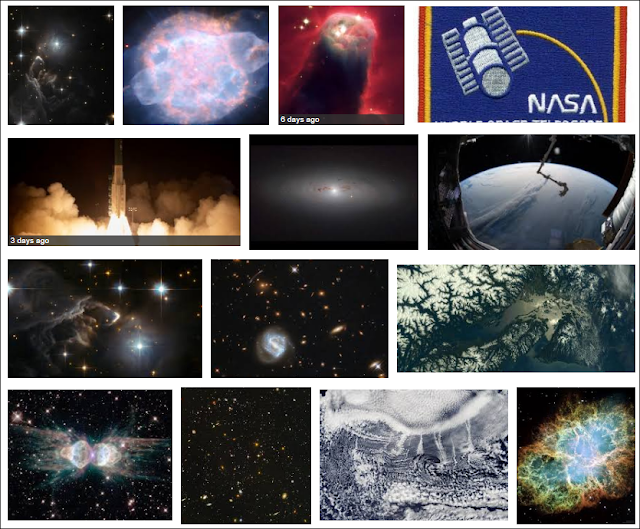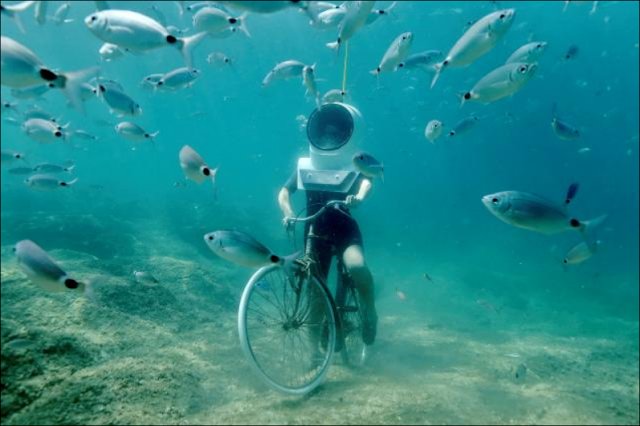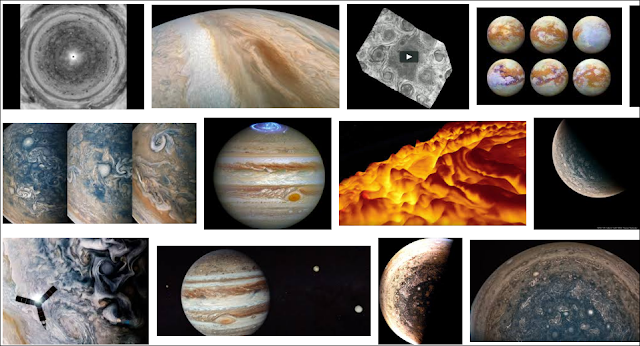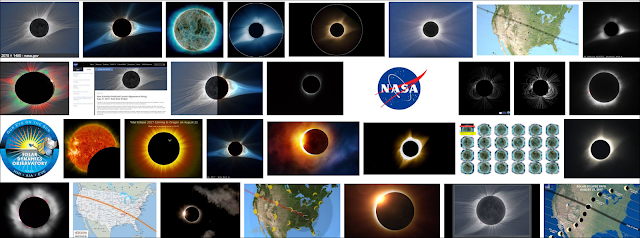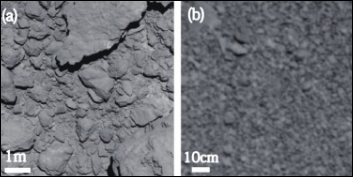About 3I/ATLAS Interstellar comet
3I/ATLAS is interstellar comet just recently discovered in July 2025, that has passed through our solar system. The mission of 3I/ATLAS (which stands for "3-Phase Ice, Ice and Atmosphere Study") is to explore and study celestial bodies, particularly focusing on ice and atmospheric phenomena. It aims to enhance our understanding of these elements in various environments, which can provide insights into climate change, planetary formation, and the potential for life beyond Earth. Key objectives include: 1. Ice Analysis: Investigating the composition and behavior of ice on different celestial bodies. 2. Atmospheric Studies: Examining the atmospheres of various planets and moons, assessing their properties and dynamics. 3. Climate Research: Understanding the historical and current climates of these bodies, which helps in broader climate modeling. This mission is crucial for scientific advancement, potentially aiding in future explorations and habitation of other pla...

